red carrot, white beet, watermelon radish . . .
digit
16 years ago
Related Stories
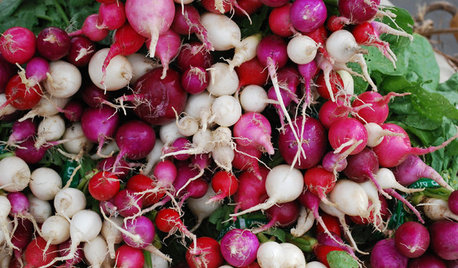
COOL-SEASON CROPSCool-Season Vegetables: How to Grow Radishes
Fast growing and bright, these easy-care veggies are great for kids and bring plentiful color to a fall or spring garden
Full Story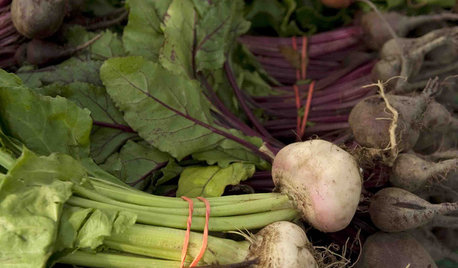
FARM YOUR YARDCool-Season Vegetables: How to Grow Beets
Give canned versions of this fall and spring garden favorite the heave-ho and discover its true flavor and colors
Full Story
GARDENING GUIDES11 Favorite Edibles for Your Cool-Season Garden
Plant crunchy carrots, crisp radishes, tender peas and other vegetables for fall and spring harvests
Full Story
MOST POPULARHow to Start a Cool-Season Vegetable Garden
Late summer and late winter are good times to plan and plant cool-season crops like salad greens, spinach, beets, carrots and peas
Full Story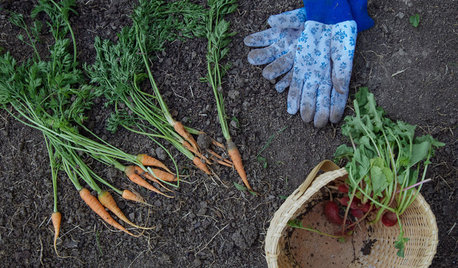
FARM YOUR YARDMy Houzz: Backyard Farming for a Kansas City Family
A backyard garden provides a family of 5 with organic seasonal produce. Here's how they do it
Full Story
GARDENING AND LANDSCAPINGWorld of Design: 10 Home Gardeners Show Us Their Sweet Summer Harvests
From New York to Tokyo, these gardeners have turned their yards, terraces and rooftops into places of bounty
Full Story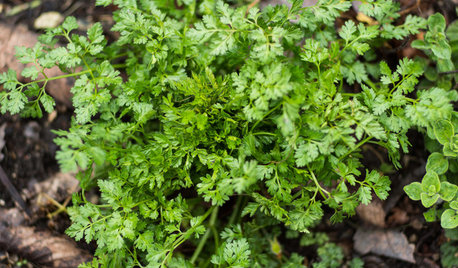
EDIBLE GARDENSHerb Garden Essentials: Discover Delicate Chervil
Go beyond the tried-and-true edible herbs and try this nonconformist that's surprisingly easy to grow
Full Story
SUMMER FRUITS AND VEGETABLESHow to Grow Your Own Fresh, Sweet Corn
Here's how to plant and care for your own mini cornfield
Full Story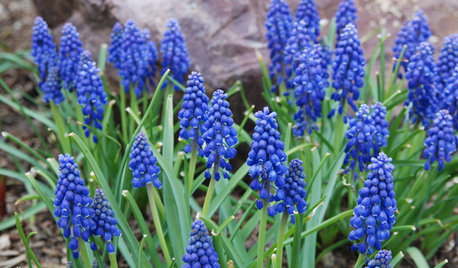
REGIONAL GARDEN GUIDESNortheast Gardener's April Checklist
Revel in the wonders of spring by babying bulbs, sprinkling seeds for root crops and setting out some nibbles for the birds
Full Story
EDIBLE GARDENSHouzz Call: What Did You Grow This Summer?
Let’s celebrate the homegrown fruits and vegetables of the season. Post your pictures and tell us about your harvest
Full Story





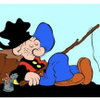
aliceg8
digitOriginal Author
Related Professionals
Allentown Landscape Contractors · Peabody Landscape Contractors · Deerfield Beach Landscape Contractors · Holtsville Landscape Contractors · Lakewood Landscape Contractors · Lemoore Landscape Contractors · Placerville Landscape Contractors · Spring Landscape Contractors · West Orange Landscape Contractors · Baileys Crossroads Landscape Contractors · Dover Solar Energy Systems · North Tustin Solar Energy Systems · Riverside Solar Energy Systems · Sun Prairie Solar Energy Systems · Wildomar Solar Energy Systemscatherine_nm
david52 Zone 6
Azura
digitOriginal Author
david52 Zone 6
aliceg8
digitOriginal Author
catherine_nm
digitOriginal Author
aliceg8
digitOriginal Author